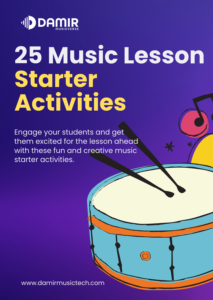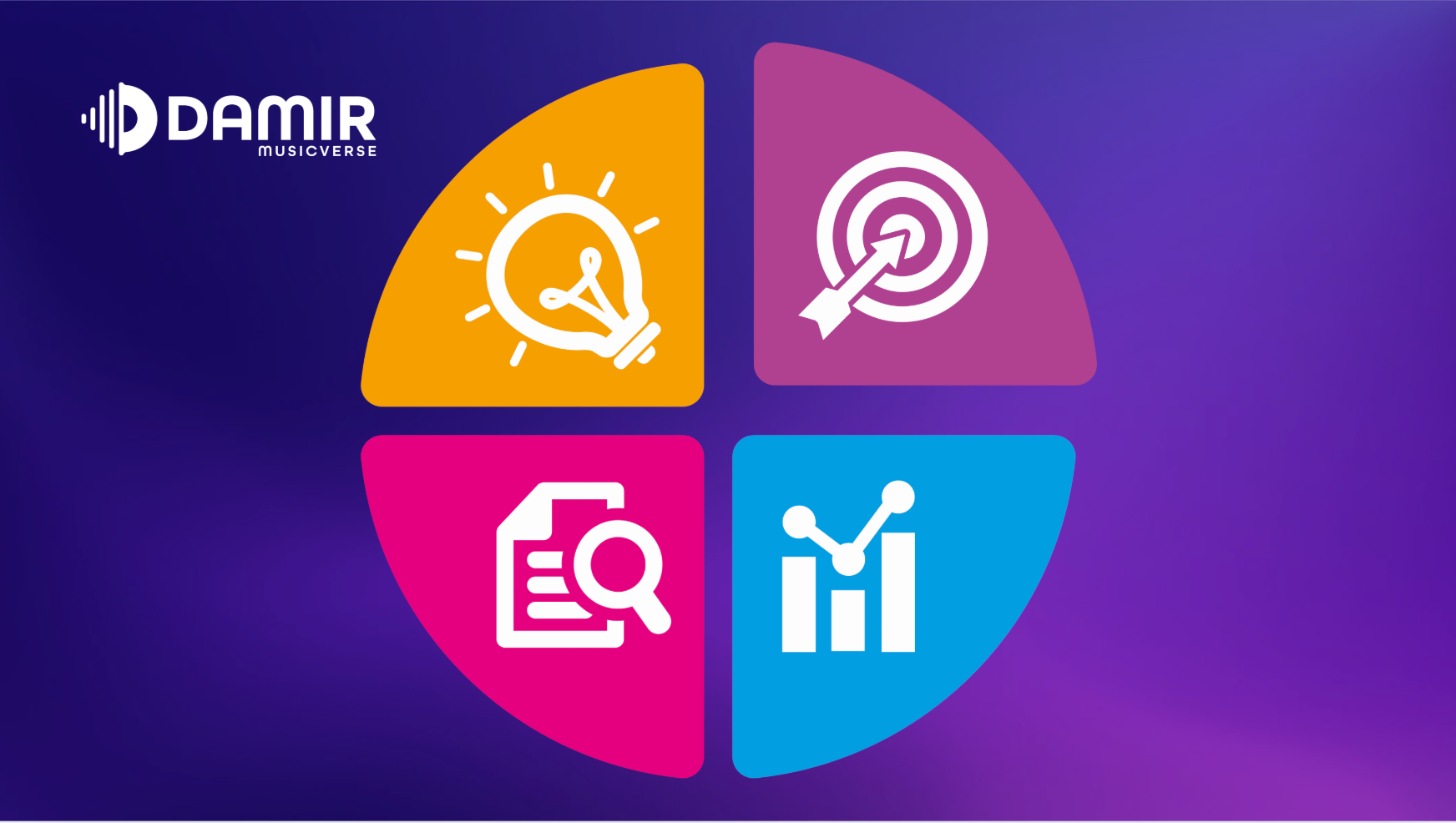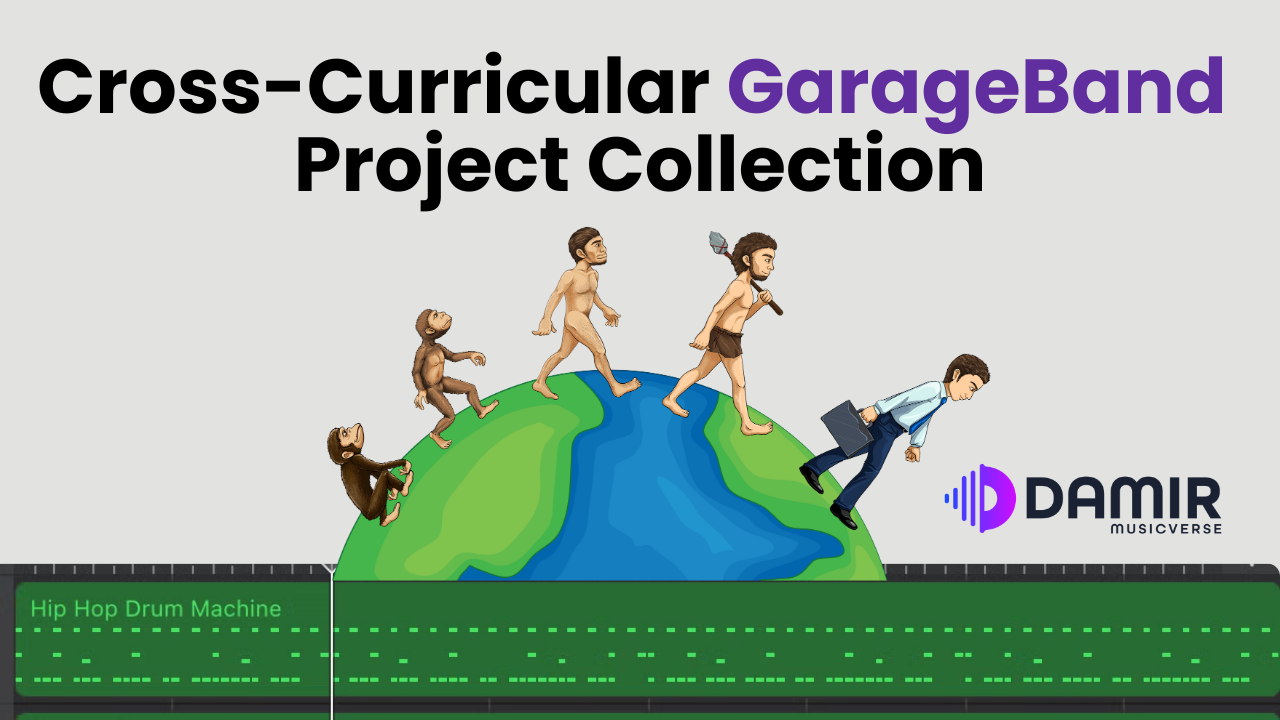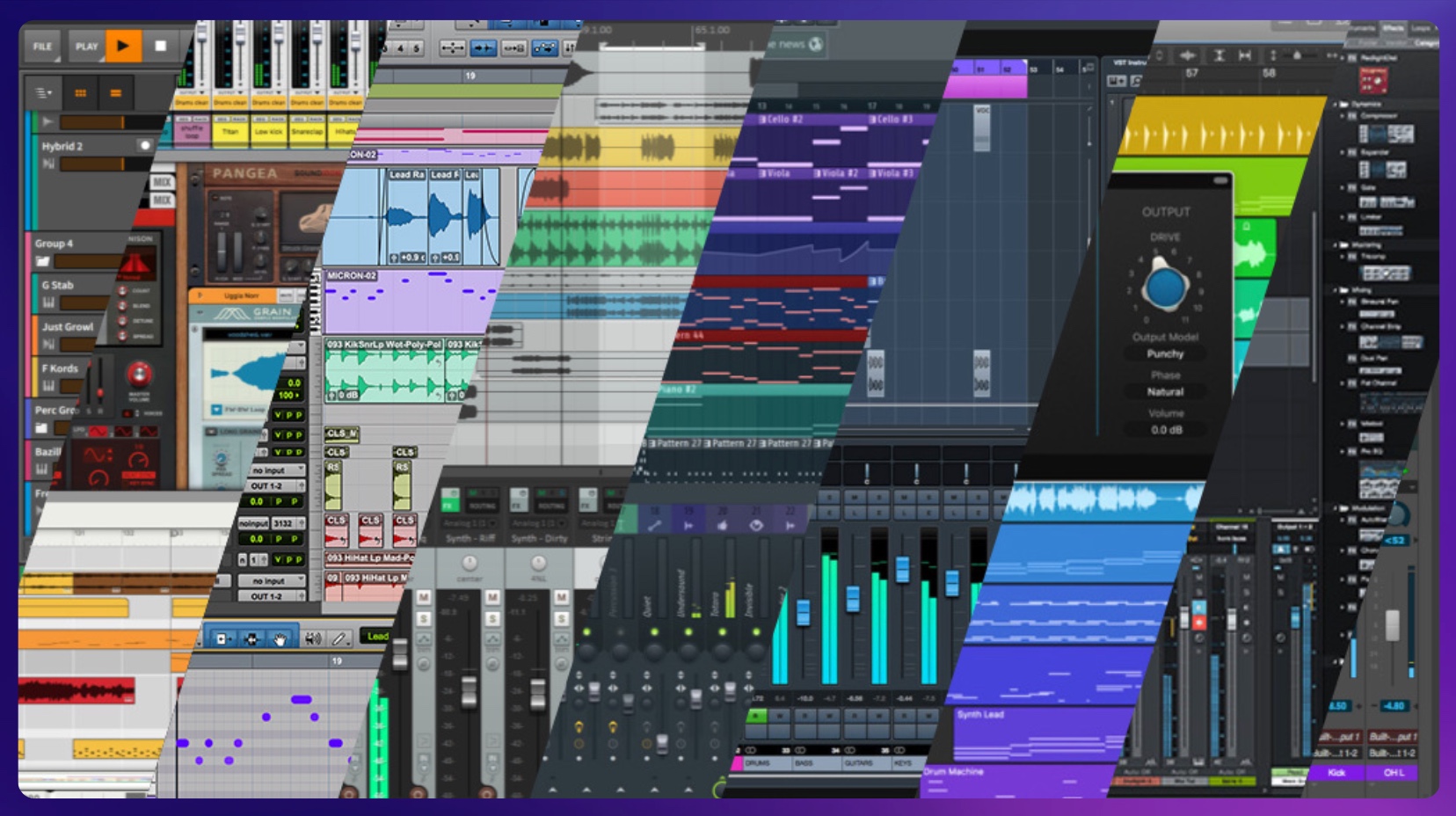Have you ever planned a music lesson and felt torn between sticking to a structured format and allowing room for spontaneity? You’re not alone. I’ve been there too—wondering if I’m giving my students the right balance of guidance and creative freedom. The truth is, creating engaging and effective music lessons isn’t about choosing one or the other. It’s about finding that sweet spot where structure provides clarity and flexibility fuels creativity.
Let me share my journey as a music teacher with you, and together, let’s explore how to balance these two essential elements. As we go through this guide, I’ll share ideas that have worked in my classroom—and hopefully spark ideas for yours, too.
Why Structure and Flexibility Matter in Music Lessons
If you’re asking, “Why should I care about balancing structure and flexibility? Isn’t it enough to have a solid plan?” I hear you. A structured lesson provides students with clear expectations, which helps them stay focused. But too much structure can stifle creativity, especially in music, where students need space to explore and make personal connections.
Flexibility, on the other hand, allows students to personalize their learning and engage more deeply. The key is creating a format that includes both structured guidance and room for creative exploration—something we can achieve by focusing on three core parts of a lesson plan:
- Starter: Engage students and set the tone for the lesson.
- Main Activity: Deliver the core learning experience.
- Plenary: Reflect on the lesson and solidify understanding.
Let me walk you through each of these sections, sharing practical tips and ideas that have made a difference in my teaching practice.
1. Starter Activities: Setting the Tone
The starter activity is your opportunity to grab students’ attention and get them focused. It should be short, engaging, and related to the lesson objective.
Ideas for Unique Starter Activities:
1. Rhythm Clapping Challenge: Play a rhythm pattern and have students clap it back. Gradually increase the complexity to keep them engaged.
2. Listening and Guessing Game: Play a short music clip from different genres. Ask students to guess the genre and describe the mood.
3. Musical Memory Test: Play a melody and ask students to hum or play it back. This helps activate their listening skills.
Pro Tip: Use tools like GarageBand or Soundtrap to create personalized starter exercises.
My Experience: In my own classes, I often start with a quick rhythm clapping challenge to get students moving and engaged. If they seem tired or distracted, I pivot to a listening game that allows them to settle down while still participating.
To get you inspired, I’ve prepared a list of 25 lesson starter ideas on various topics. Download your copy by subscribing below!

2. Main Activity: Delivering the Core Lesson
The main activity is where students do most of their learning. This part needs structure to keep the class focused, but it should also leave room for creativity.
Structuring the Main Activity:
- Set clear objectives: Define what students should achieve by the end of the lesson.
- Break it into manageable steps: Provide clear instructions and demonstrate where necessary.
- Allow flexibility: Let students personalize their work or explore variations.
Ideas for Main Activities:
1. Composing a Melody: Provide students with a specific scale and ask them to compose a short melody. Allow them to choose the instrument or style.
2. Exploring Rhythmic Patterns: Teach students basic rhythmic patterns and encourage them to improvise using body percussion or classroom instruments.
3. Creating Soundscapes: Have students create a soundscape using everyday objects. This activity taps into their creativity and critical listening skills.
My Experience: During a rhythm lesson, I noticed some students struggled with drumming patterns. Instead of sticking to the original plan, I allowed them to use body percussion, which made the activity more accessible and engaging.
3. Plenary: Reflecting and Wrapping Up
The plenary is a crucial part of the lesson where students consolidate their learning. It’s also an opportunity to assess their understanding and encourage reflection.
Ideas for Plenary Activities:
1. Peer Feedback: Ask students to share their work with a partner and provide feedback on each other’s performances or compositions.
2. Reflection Journal: Have students write a short reflection on what they learned and how they can apply it in future lessons.
3. Group Discussion: Facilitate a class discussion where students share their biggest takeaways from the lesson.
Reflection Prompts:
- What did you find most challenging today?
- How will you use today’s learning in your next music project?
Personal Experience: In my classes, I use reflection journals at the end of projects. This helps students process their learning and gives me valuable insight into their thinking process.
Unique Elements to Make Your Lesson Plan Stand Out
1. Use Technology to Enhance Learning: Incorporate technology tools like GarageBand, BandLab, or online notation software to make lessons more interactive. For example, students can create their own tracks or experiment with digital sound effects to complement their compositions.
Example: Ask students to use GarageBand to build a simple drum loop, then layer it with their own melody.
2. Gamify Your Lessons: Turn your lesson into a game to boost engagement.
- Musical Bingo: Create a bingo card with musical tasks.
- Soundscape Challenge: Challenge students to create a soundscape using only items from their backpacks.
3. Add Creative Reflection Activities
Encourage students to reflect on their learning through creative methods.
- Music Storyboards: Have students create a visual storyboard that represents the music they composed or listened to during the lesson.
- Lyric Journals: Ask students to write short lyrics that capture what they learned or how they felt during the lesson.
Enjoying this post? Join a community of forward-thinking educators! Subscribe now for exclusive access to free resources, tips, and tools to transform your music classroom with EdTech.
Addressing Common Misconceptions
Many teachers worry that flexibility will lead to chaos in the classroom. However, flexibility doesn’t mean losing control. It’s about being responsive to student needs while staying aligned with the lesson objectives.
Misconception: “If I let students take the lead, the lesson will go off track.”
Reality: Giving students a say in their learning increases engagement and ownership, making the lesson more effective.
Practical Tips for Balancing Structure and Flexibility
- Set clear goals, but leave room for exploration.
- Provide scaffolding, but let students take creative risks.
- Use reflection to keep lessons student-centered.
Conclusion
Balancing structure and flexibility in your music lessons ensures students remain engaged while achieving learning objectives. By incorporating unique starter activities, creative main tasks, and thoughtful plenaries, you can create lessons that are both effective and inspiring.
Looking forward to hearing your ideas on how to design a balanced music lesson plan.
Thank you for reading, and don’t forget to subscribe and download your copy of “25 Music Lesson Starter Activities.”



